“Blade Runner 2049” exceeds and underwhelms as a sequel
After thirty years, a sequel to the 1982 classic Blade Runner has finally been released. Does it live up to the original masterpiece?
October 25, 2017
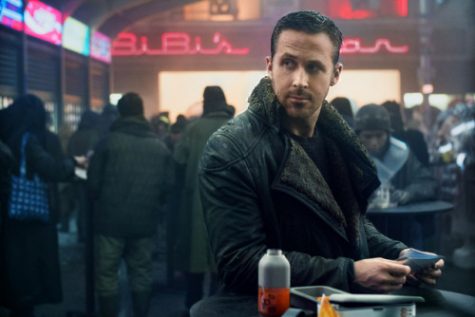
The original “Blade Runner” was an instant cult hit despite the fact that it received mixed reviews and bombed at the box office. It was a movie ahead of it’s time, with it’s bleak vision of an overcrowded Los Angeles of 2019 and exploration of what it means to be human in a noir-science fiction fusion. Fans have been split, with some attentively awaiting a sequel, while others deem it untouchable. Well, now it’s 2017, with less than a year and a half to go unto the original’s date of 2019, and a sequel has arrived.
Directed by Denis Villeneuve (of best picture nominee Arrival) the film takes place thirty years after the first one. It deals with ‘K’ played by Ryan Gosling, a new blade runner who makes a mind-blowing discovery that challenges everyone’s view of what replicants (in other words, androids) are capable of. To say anything more, would spoil many of the film’s crucial secrets and twists.
Villeneuve’s aim with the film was to respect the roots of the original, while taking the story into new places. This is most prominently clear in the visual style of the film. It hasn’t given over to the developments in the real world since the original. It is the same world as the first film, just thirty years later. There are still view screens instead of smartphones, and the flying cars seem to be of the same design.
The action also shifts out of the main city in some cases. The pallet is expanded from the original Las Angles of the original film, to surrounding deserts, dry farms, and a sun-stricken, cloudy Las Vegas in the midst of the runtime. The vision of the original is frequently mirrored, but Villeneuve is not afraid to take it many new places. There are patches of nothing in the near three hour expanse of the film, and even during these moments the beauty of the images holds through.
There are patches of nothing in the near three hour expanse of the film, and even during these moments the beauty of the images holds through.
— Harry Westergaard
Hans Zimmer, accompanied by Benjamin Wallfisch, provide the film with it’s score. They do an admirable job, not doing too much to expand upon Vangelis’s original textures, but that isn’t necessarily a problem. Sometimes the music falls into the Zimmer trap of being overly pulsating, almost to the point of shaking the seats in the theater. On the whole it plays the role that it needs to.
Picking up where he left off in other serious roles, such as 2010’s Drive, Ryan Gosling further proves that he can pull of a dramatic part just as well as a comedic one. In the role of ‘K’ Gosling remains stoic in a way that is almost inhumane. Without giving away too much, this is effective to the story and done well. There are also hints of many suppressed emotions of confusion in the character. It’s a visual film, and Gosling does a lot with his expressions, without giving us too much.
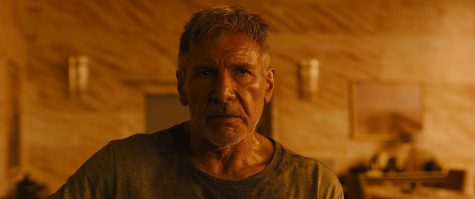
About a third of the way into the movie, Harrison Ford is brought in, reprising his role as former Blade Runner Rick Deckard from the original film. Ford gives a surprisingly powerful performance, especially given his infamously tumultuous relationship with the film. In his short time on screen, he plays the aged Deckard as vulnerable, and burnt out. This is a welcome turn from Ford, who in recent years has almost become a caricature of himself on screen. A grumpy, cross old man who speaks in a series of growls. But here, he shines in his quiet, subdued performance as Deckard. I could possibly see this earning him a best supporting actor nod.
Ford gives a surprisingly powerful performance, especially given his infamously tumultuous relationship with the film.
— Harry Westergaard
While Blade Runner 2049 does please in a number of ways, it’s not without its flaws. To begin with, the antagonists in the film are not very impressive. Jared Leto is the villain, Niander Wallace. Luckily, he’s not in the film that much (always a plus with Leto) but that is at the same time one of the fundamental flaws of the piece. His motives seem vague, the audience is never quite sure what he intends to gain out of all of his plans. Say what you will about the original’s stark simplicity, but there is no question what Roy Batty is after. Wallace just seems to provide a threatening, stock villain presence when needed.
Another flaw with the film is that the sexual content has been ramped up. In the first film, there are a couple risque scenes, but not so much that it gets excessive. We’ve all seen the giant nude woman on the trailers. It’s not that I don’t think the film is capable of exploring themes of women in the media and the like, but the point is, it doesn’t. There’s a lot of sex and nudity just for the sake of it, and it gets tiring.
Blade Runner 2049 is a film that I have reservations about. On the one hand, it satisfies many things that I desired out of a sequel to the Ridley Scott’s opus. The characters, and the beauty of it all in particular, don’t fail to fill me with a sense of glee that brings me back to seeing the original for the first time in my early teens. At the same time, there are also things in it that could have been better. The third act is at times rushed, and there a few plot points that I don’t think were necessary. The villains are considerably weak, with questionable motives.
If you are a fan of Blade Runner, it is a must see. It gets enough right to be a fairly satisfying sequel. It could’ve been a lot better, but it could also have been a lot worse. I was extremely impressed by it at times, and at worst was somewhat underwhelmed. If you aren’t sure whether it’s worth seeing without being familiar with the original film, rent the original, and then make your decision.
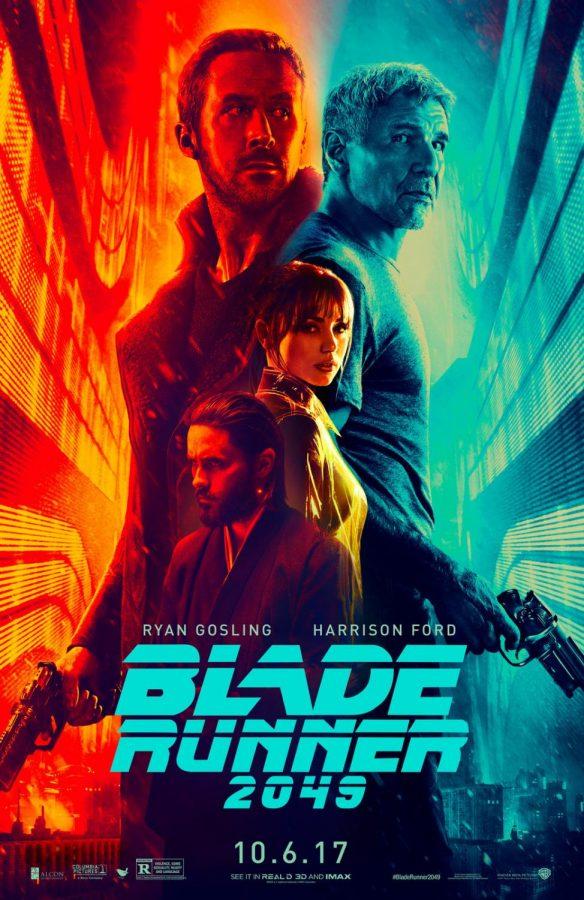


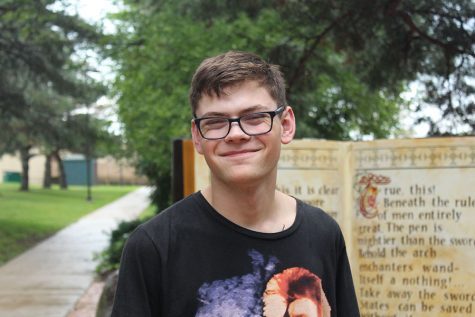




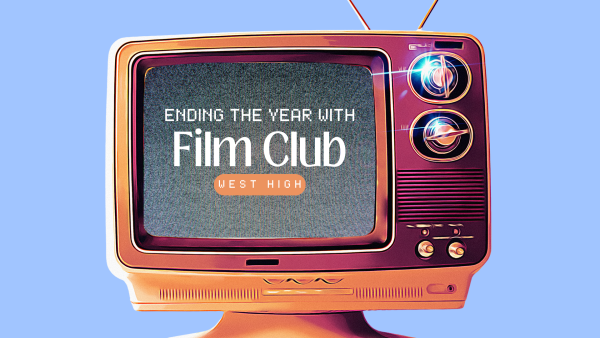
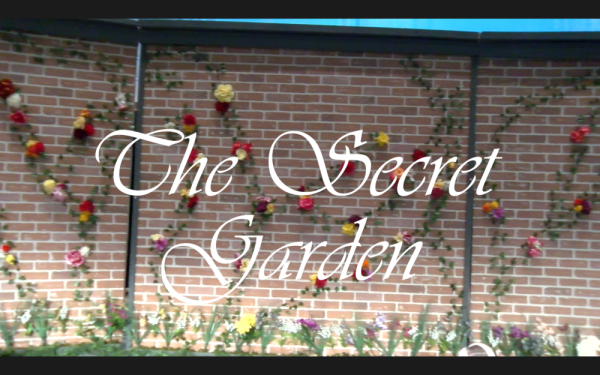
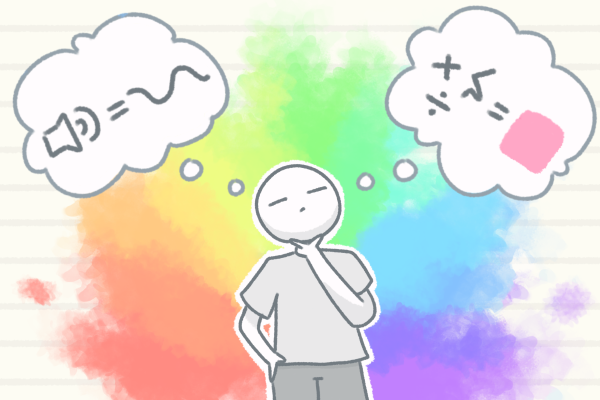
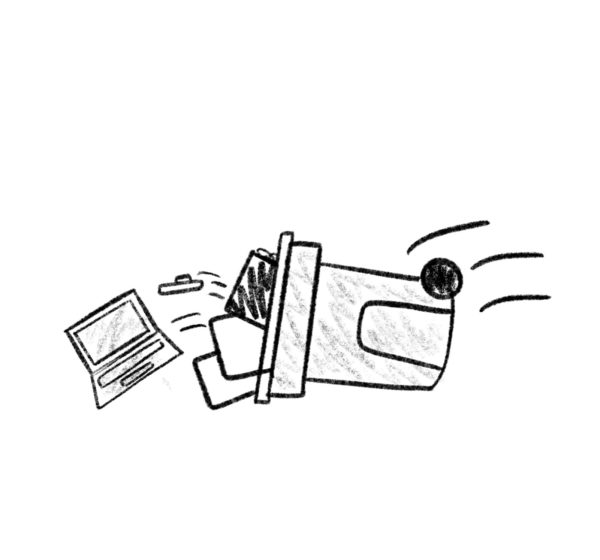
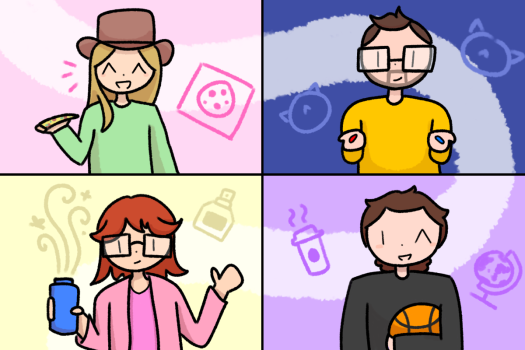
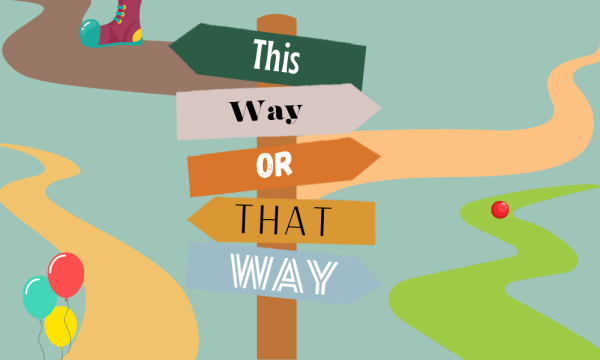

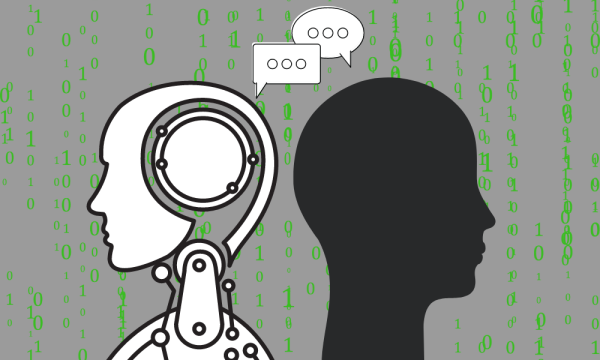


Dean M. Boyd • Jun 10, 2019 at 6:15 am
Nice article.
Ryan always wear best like he worn in this film and drive movie like leather Drive Jacket Scorpion.